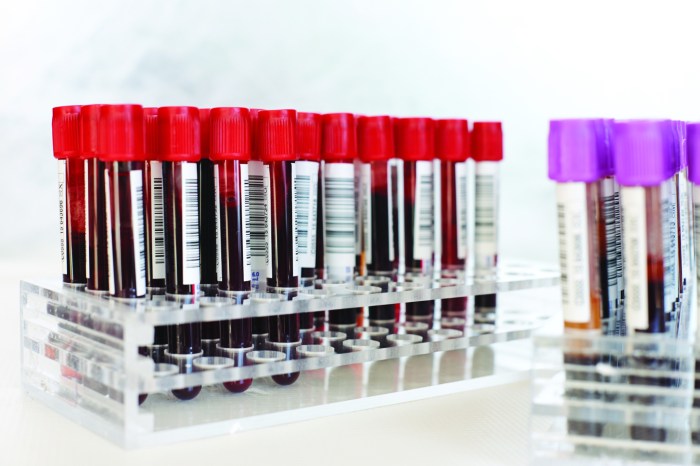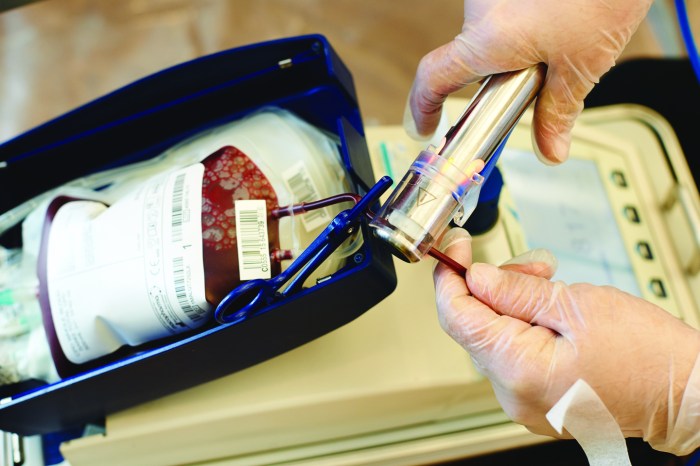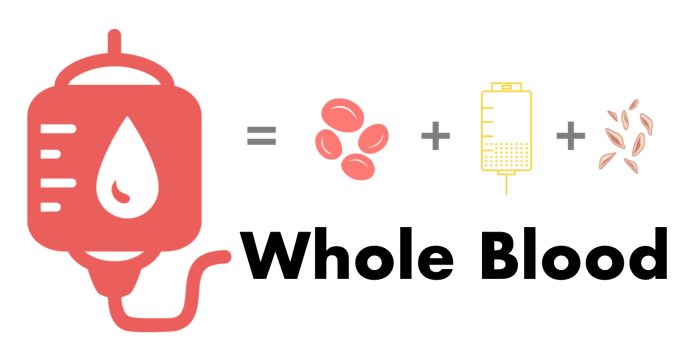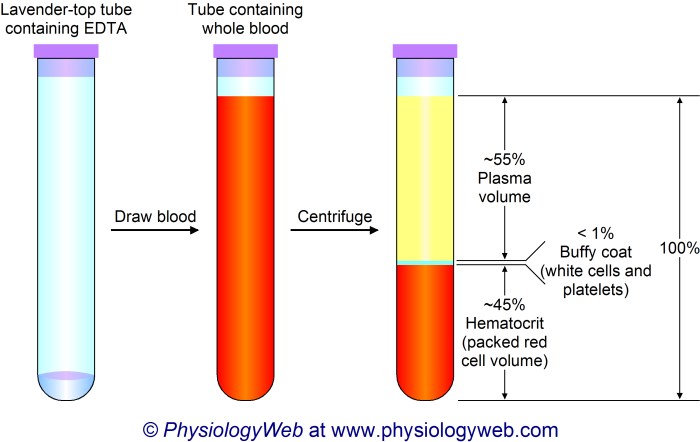What type of specimen is used for testing cyclosporine levels – This article provides a comprehensive overview of the types of specimens used for testing cyclosporine levels, the advantages and disadvantages of each type, the collection methods, sample preparation procedures, analytical methods, reference ranges, and interpretation of results. Understanding the appropriate specimen type and collection techniques is crucial for accurate and reliable cyclosporine level testing.
Cyclosporine level testing is essential in monitoring the therapeutic efficacy and minimizing the toxicity of cyclosporine therapy. Different specimen types have varying characteristics, advantages, and disadvantages, and their selection depends on factors such as the patient’s condition, the purpose of testing, and the availability of resources.
Specimen Types

The type of specimen used for cyclosporine level testing depends on the clinical setting and the availability of the specimen. The most commonly used specimen types are:
| Specimen Type | Advantages | Disadvantages |
|---|---|---|
| Whole blood | – Easy to collect
|
– Requires a larger sample volume
|
| Plasma | – Provides a measure of the free cyclosporine concentration in the body
|
– More difficult to collect
|
| Serum | – Provides a measure of the free cyclosporine concentration in the body
|
– More difficult to collect
|
| Saliva | – Non-invasive and easy to collect
|
– May be affected by salivary flow rate
|
Collection Methods

The collection method for cyclosporine level testing depends on the specimen type. For whole blood, a venipuncture is performed and the blood is collected into a tube containing an anticoagulant. For plasma or serum, a venipuncture is performed and the blood is allowed to clot.
The clot is then centrifuged and the plasma or serum is separated. For saliva, a saliva collection kit is used to collect the saliva.
It is important to use proper collection techniques to ensure accurate results. The following tips should be followed:
- Use a clean collection container.
- Collect the specimen at the correct time of day.
- Follow the manufacturer’s instructions for the collection kit.
- Label the specimen with the patient’s name, date of birth, and date and time of collection.
Sample Preparation: What Type Of Specimen Is Used For Testing Cyclosporine Levels

Once the specimen has been collected, it must be prepared for testing. The sample preparation method depends on the specimen type and the analytical method that will be used.
For whole blood, the sample is typically diluted with a buffer and then centrifuged to remove the cells. The supernatant is then used for testing.
For plasma or serum, the sample is typically diluted with a buffer and then used for testing.
For saliva, the sample is typically diluted with a buffer and then centrifuged to remove the debris. The supernatant is then used for testing.
The sample preparation method can affect the test results. It is important to follow the manufacturer’s instructions for the sample preparation kit.
Questions and Answers
What is the most commonly used specimen type for cyclosporine level testing?
Whole blood is the most commonly used specimen type for cyclosporine level testing due to its ease of collection and the availability of validated analytical methods.
What are the advantages of using serum or plasma for cyclosporine level testing?
Serum or plasma provides a more stable specimen for cyclosporine level testing, as it is not affected by hematocrit variations. This can be particularly advantageous in patients with conditions that affect red blood cell count or volume.
What are the disadvantages of using saliva for cyclosporine level testing?
Saliva collection can be challenging, especially in young children or patients with impaired saliva production. Additionally, saliva cyclosporine levels may not always correlate well with blood levels, which can limit its usefulness for therapeutic monitoring.
